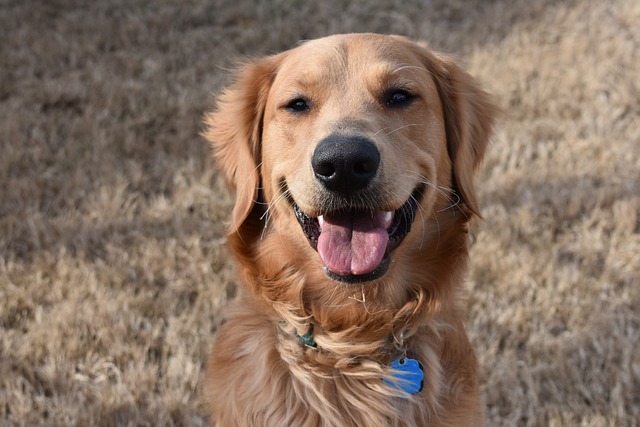
How do i train my dog to be obedient?
Watching your dog dart across the park ignoring your calls isn’t just frustrating—it can put them at risk near busy streets or public spaces.
New puppy owners often feel overwhelmed when accidents happen on the living room rug—but potty training doesn’t have to be a battle. The key is consistency, not perfection, and aligning your routine with your puppy’s natural needs. Most young pups need to go outside within 15 minutes of eating, napping, or playing—catching those moments early cuts down on mistakes.
Many cities, from Austin to Berlin, have laws requiring dogs to relieve themselves in designated areas, not on sidewalks or neighbor’s lawns. Ignoring these rules can lead to fines, so part of training is teaching your puppy to use public dog parks or your backyard. Keep a small bag of treats in your pocket; rewarding them immediately after they go in the right spot helps them connect the action to a positive outcome.
Crate training is a game-changer for potty training, but it’s important to use the crate humanely. Puppies don’t like to soil their sleeping space, so a properly sized crate (just big enough to stand and turn around) encourages them to hold it. Avoid leaving them in the crate for more than a few hours—overtime can lead to stress, which makes training harder. This aligns with animal welfare laws that prohibit cruel confinement in many regions.
 Accidents will happen, but how you respond matters. Yelling or punishing your puppy only makes them scared to go near you when they need to potty. Instead, clean the mess with an enzyme-based cleaner (regular soap leaves odors that attract them back) and stick to your routine. In places like Vancouver, pet owners are required to clean up after their dogs in public—keeping a roll of poop bags on hand is both polite and compliant.
Accidents will happen, but how you respond matters. Yelling or punishing your puppy only makes them scared to go near you when they need to potty. Instead, clean the mess with an enzyme-based cleaner (regular soap leaves odors that attract them back) and stick to your routine. In places like Vancouver, pet owners are required to clean up after their dogs in public—keeping a roll of poop bags on hand is both polite and compliant.
Incorporate your puppy’s training into daily life to make it feel natural. Take them out first thing in the morning and right before bed, and use a consistent command like “go potty” so they learn to associate the phrase with the action. If you work long hours, hiring a dog walker to take them out midday isn’t just helpful—it ensures you’re meeting their needs, which is part of responsible pet ownership under local laws.
Potty training takes patience, but the payoff is a happy, well-adjusted puppy and peace of mind for you. By following local rules, sticking to a routine, and using positive reinforcement, you’ll turn those early accidents into a distant memory. Your puppy wants to learn—you just need to show them the way, one consistent step at a time.

Watching your dog dart across the park ignoring your calls isn’t just frustrating—it can put them at risk near busy streets or public spaces.

New puppy owners often find themselves rushing to clean up accidents before they set in, and that’s where puppy pad training becomes a game-changer.

If you've noticed your dog's waistline disappearing and your veterinarian has mentioned those few extra pounds, your first instinct might be to simply reduce the amount of food in their bowl.

Training a dog to use a designated spot indoors isn’t as daunting as many new owners fear, but it does take consistency and an understanding of your pet’s needs.

That moment of dread on a walk is all too familiar for many new dog owners. You see another dog approaching down the sidewalk of your neighborhood

If the sight of another dog on your neighborhood walk makes your heart sink as your own dog erupts into a frenzy of barking and lunging, you're not alone.